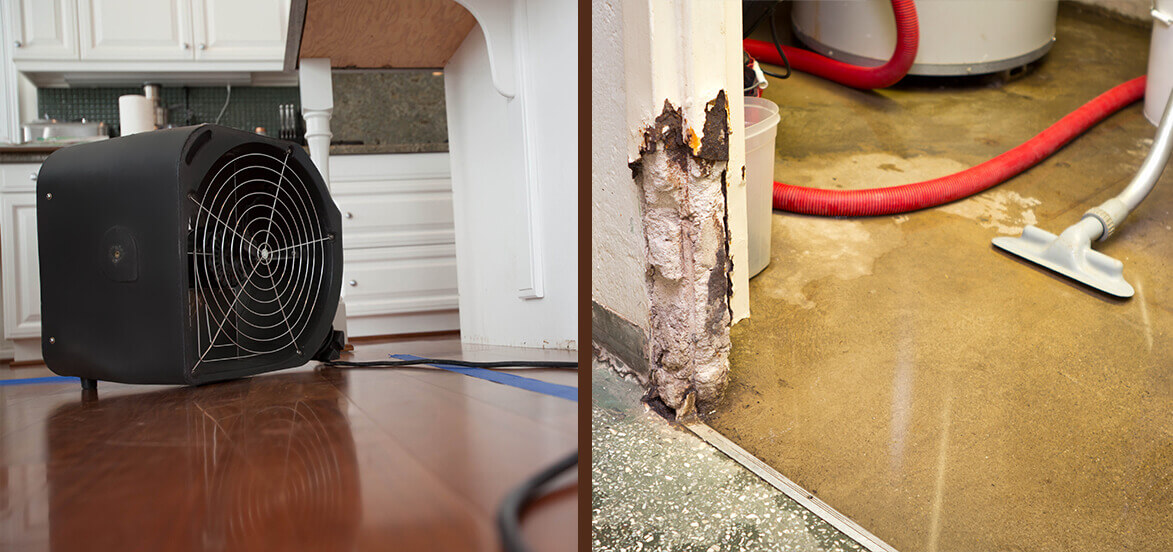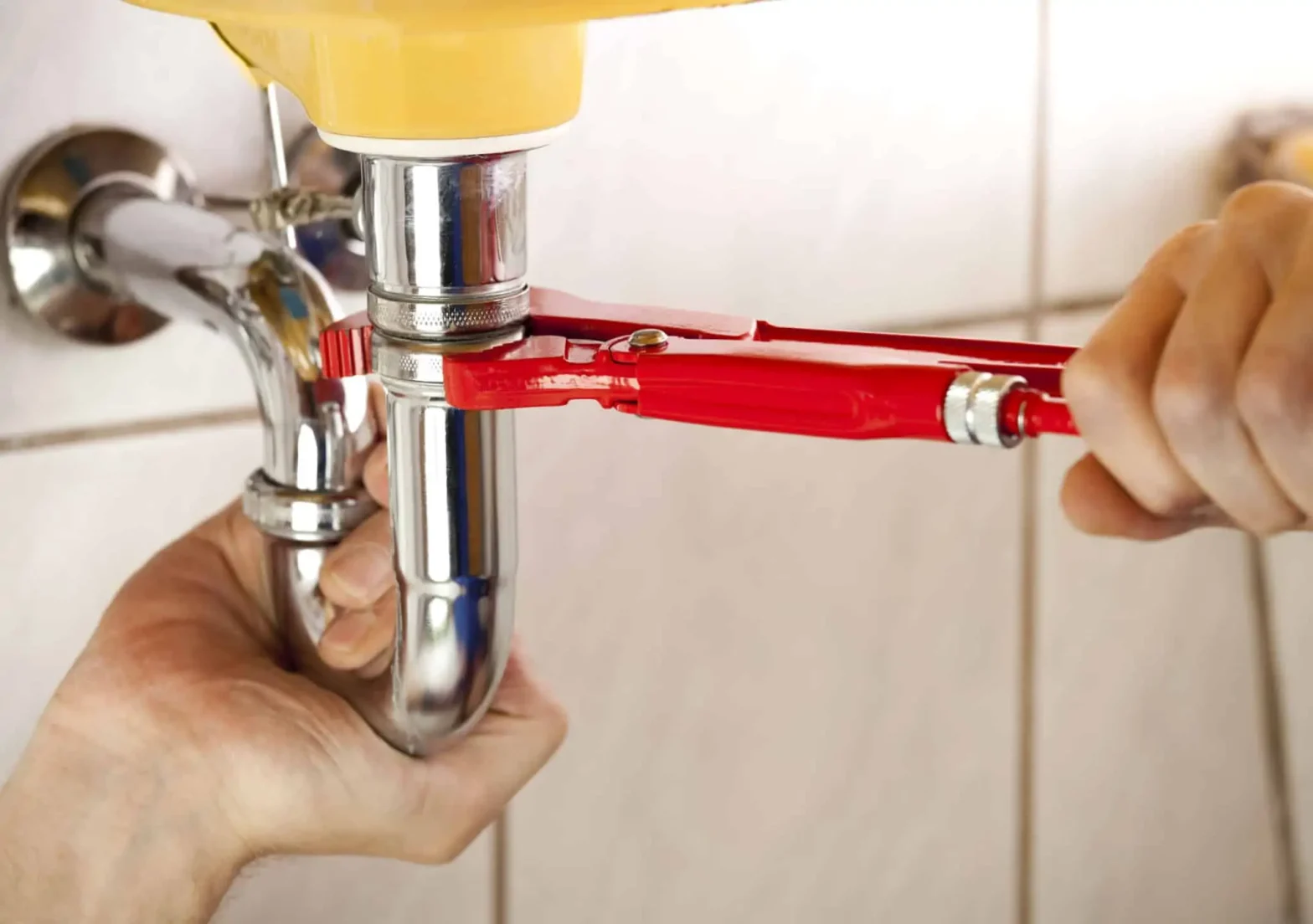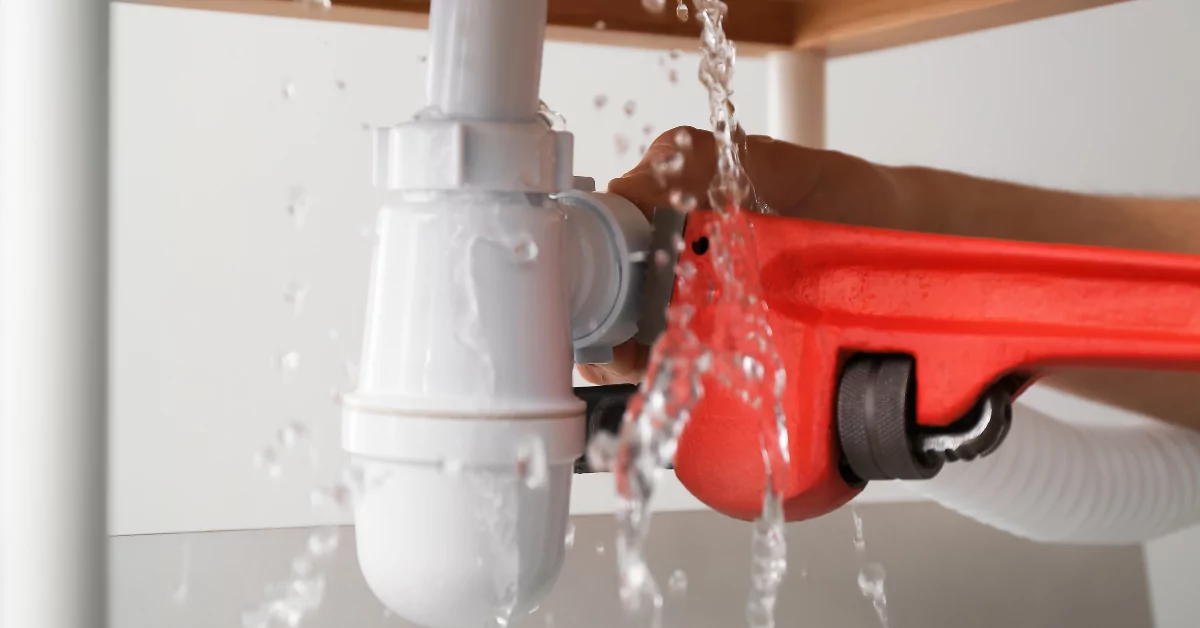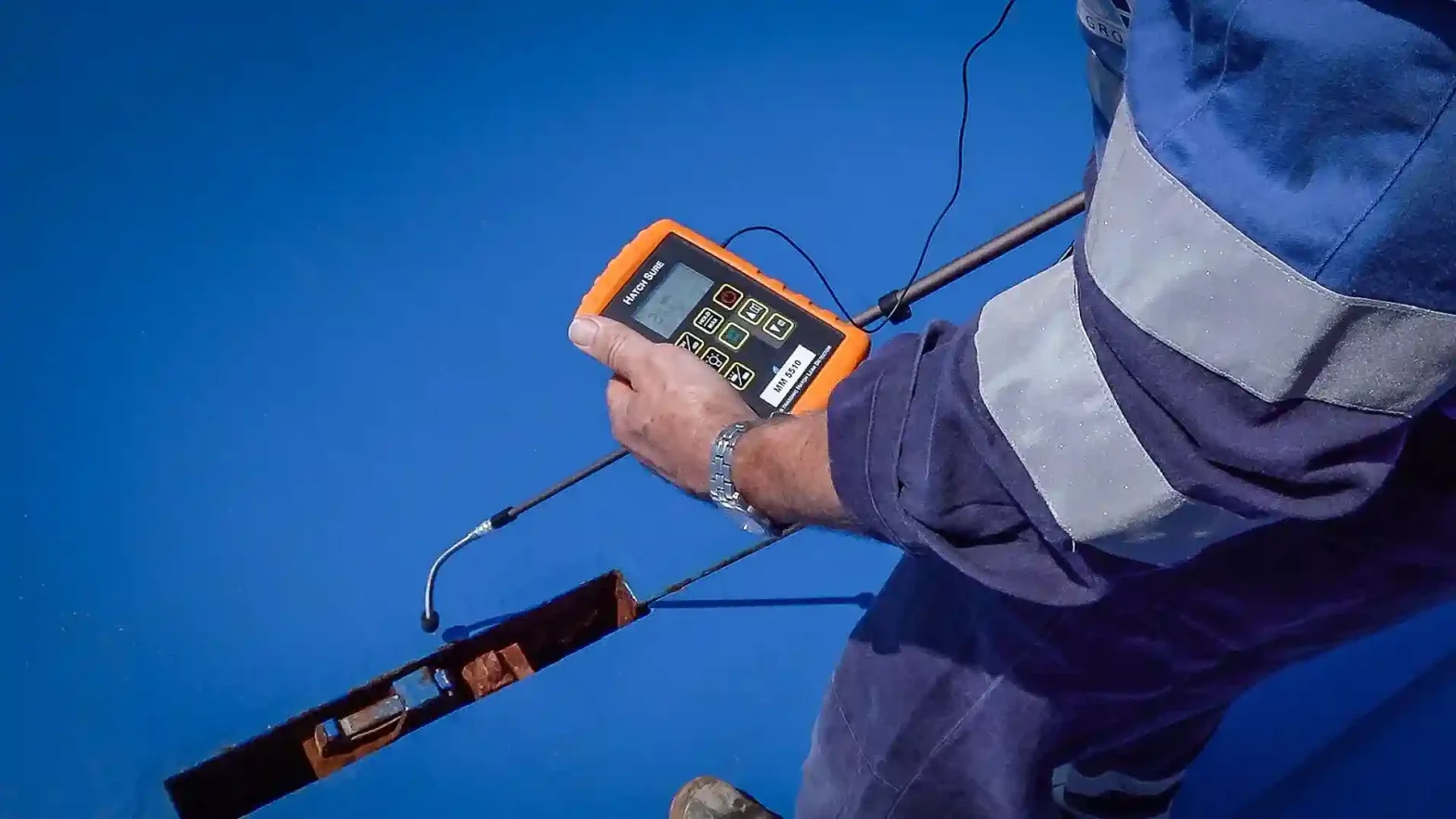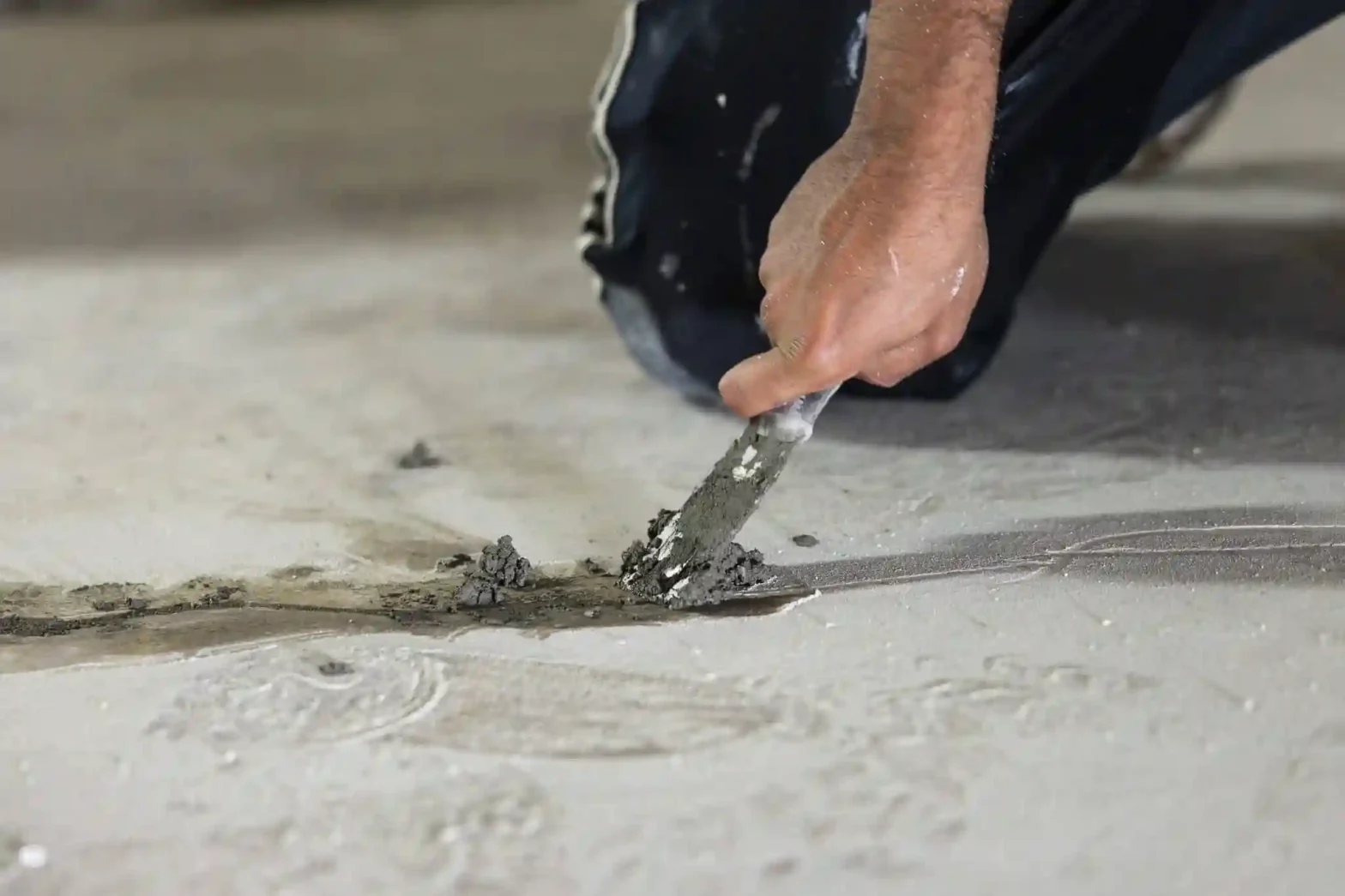10 Ways To Stop & Repair Water Damage In Your Home
We’ve all heard the stories: a friend returns home from vacation to discover their home flooded due to a busted pipe, or a relative watches as their basement fills with water during a particularly heavy storm.
Water may enter your houses in Anaheim in a number of ways, but it always leaves behind the disagreeable duty of cleaning up the mess and adding an extra task of water damage restoration.
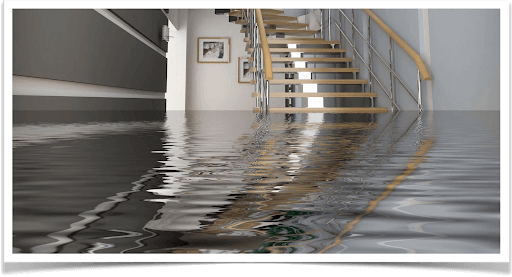
Choosing the best way to deal with water damage in Anaheim may be irritating and challenging. We’ve detailed 10 techniques to minimize and execute water damage repair in Anaheim in your home to make the restoration process go more smoothly.
How To Execute Water Damage Repair Process Efficiently
1.) Find The Water Source:
At any given moment, homes generally have three distinct types of water running through them. The first category is referred to as pure water. This water from rain and leaking pipes is pure and the easiest for homeowners to clean themselves.
Gray water is the next type of water. The emission of household equipment such as washing machines, dishwashers, and toilets is in this category. This water may include toxins, making appropriate cleaning more difficult.
The final form of water you may experience following a water leak is known as black water. It contains sewage as well as other impurities.
This water is unclean and might have come from a neighboring river. We do not advocate repairing water damage produced by black water since it may include potentially dangerous toxins and germs.
2.) Lookout For Hidden Moisture:
We recommend completing an assessment of your property once everything has been removed from the enclosure and fans have been started to begin the drying process to determine if any hidden places may require water damage repair.
Check under the flooring and the padding beneath the carpet to determine whether water has gotten into these areas. If this is the case, be sure to deploy fans in the affected areas to ensure that everything is thoroughly dry.
3.) Find A Dry Location Immediately:
When it comes to fixing water damage in the house, it’s critical to act quickly. If the water is left alone for 24 hours, mold and mildew might begin to form.
To dry out the damaged area, remove as much of the furniture as possible and install fans on the damp ground and walls.
If the water damage is severe, you may need to rent a couple industrial power fans to guarantee the area thoroughly dries.
4.) Check For Mold:
Once everything is dry, search your home for areas of water damage where mold may have begun to develop. Be cautious if mold is discovered.
Some molds are poisonous and dangerous to humans. If the mold problem is minor, you may be able to complete the water damage repair process without the assistance of a professional. An invasive mold problem, on the other hand, should be addressed by a certified plumber.
5.) Get Rid Of Drywall And Other Porous Materials:
If you observe water damage to your house’s walls, carpet, wood, or other porous materials, you must remove and replace them.
If you detect carpet or wood that does not require severe water damage repair, you may be able to preserve certain portions by drying them out as soon as possible.
6.) Clean The Surface:
Take the time to clean the areas affected by your water damage repair efforts to verify that all mold and germs have been removed.
A basic bleach solution should be enough. Make careful to disinfect any objects that were in the affected area as well to ensure that any mold or bacteria is removed.
7.) Inspect The Roof And The Siding:
If your roof or side walls are not properly sealed, you may face a pricey water damage repair services as a result of excess moisture.
Inspect your home for possible weak places and repair or replace siding and shingles as needed to keep water outside.
8.) Seal And Caulk:
To avoid future water damage repair operations, we recommend sealing and caulking new windows, plumbing fixtures, floors, and entrances.
9.) Reconsider Flooring:
If water has damaged your flooring, requiring you to remove and repair it, you may want to reconsider putting in new flooring.
Instead of using wood, there are waterproof alternatives available, such as ceramic tile and waterproof vinyl, that may endure future flooding disasters.
10.) Get In Touch With Your Insurance Company:
Extensive water damage repairs in your house are not something you should (or can) do on your own. Find out what your alternatives for assistance are by contacting your homeowner’s insurance carrier.
Work with your insurance provider every step of the way to ensure that your house is clean, secure, and safe.
So, now, you are clear on how to perform the water damage repair process. However, having water damage in the home is always annoying. Hence, it would be ideal to prevent water damage so that you don’t have to face discomfort or a challenging process. Without any ado, have a look at the tips of water damage prevention.
Water Damage Prevention Tips:
Home flooding is all too frequent, and water damage may be costly to repair. Floods can be caused by natural calamities such as flash floods and violent thunderstorms or by man-made mishaps such as plumbing troubles, broken appliances, and pipelines exploding.
Water damage can occur as a result of:
- A water heater
- A leaking pipe behind your sink
- A blockage in a toilet
- A split hose attached to a device
Much damage is caused by readily corrected defects that most people can repair ahead of time. Water damage, if left untreated, can cause structural damage to your home, creating foundation problems and other concerns.
Damp wood may be a breeding ground for termites and ants, as well as a breeding ground for mold and mildew. Mold and mildew can form as a result of leaking pipes, causing damage to the floor, walls, and other components of the area.
It is critical to handle water damage as soon as possible in order to mitigate health risks posed by water damage. Water damage is the second most expensive home insurance claim.
So, how can you keep water damage at bay? The easiest method to avoid water damage is to prevent leaks from starting in the first place.
Here are a few pointers to help you reduce the possibility of water damage in your property:
1. Examine The Sinks And Drains:
Avoid dumping cooking oil down the drain to maintain your sinks and drains in good shape. It makes little difference whether you flush it with hot or cold water, and grease can congeal and stick to pipes. This causes significant damage or obstructs the flow of water.
When utilizing chemical drain cleaners, use caution. They are convenient, but they may eat away at your pipes and cause leaks. Consider obtaining a drain snake, which is ideal for removing obstructions.
You can make a difference by doing the following:
- Clean the drains frequently.
- Clear the strainer and dispose of any material in the trash, not the drain or toilet.
- Check that your tub’s overflow drain is operational and not leaking.
- Drain taps, which may be found in sink cabinets, should be checked regularly.
2. Inspect Your Appliances On A Regular Basis:
Check your appliances for leaks regularly, following the manufacturer’s instructions. Most homeowner’s insurance plans do not cover losses caused by a lack of upkeep.
Upgrade and replace your hoses, such as washing machine hoses, on a regular basis to avoid the most commonly reported source of water loss and damage.
Examine the refrigerator, water heater, air conditioner, attic, and other such appliances.
3. Turn Off Your Water Main While You’re Away:
If you are leaving the house for a lengthy period of time, such as going on vacation, turn off the water main. Homes may be left unoccupied for days or weeks during a trip.
Even a minor leak might cause massive harm by the time someone notices or returns. Turning off your water main while you are away can help prevent mishaps caused by unmanaged water flow.
4. Locate Your Water Shut-off Valves:
Know where your water shut-off valves are in case of a flood emergency.
This includes the following:
- The main water shutdown valve
- Your water heater’s hot water shutdown
- Toilet and sink inline shutdown valves
- Valves leading to the dishwasher and the washing machine
Use the shut-off valves if there is a flood in your home. All of these valves should be tested yearly to ensure they are in good operating order.
5. Put In Leak Detectors:
Leak detectors are electrical devices that detect water leaks and, when activated, sound an alert. They come in diverse forms and sizes, with a wide range of characteristics. Some people have:
- Wi-Fi connectivity
- Integration of smart home technologies
- Phone notifications
- Sensors for measuring temperature
They are classified into two types: There are two types of detectors: spot detectors and area detectors. Moisture or contact with water is required for spot detectors to sound an alarm. Region detectors employ sensor wires to detect floods and cover a larger area.
Active and passive flood alarms are available. Active alarms, which are integrated into the water system, have the ability to cut off the water supply. Install a passive alarm near high-risk potential flooding locations.
When the sensors become wet, they go off. The disadvantage of passive alarms is that they need a manual cut down of the water system. Make sure to check your batteries frequently!
6. Install A Flow Monitoring System for Water:
These are immediately connected to the water main and measure the flow of water into your property. When the monitoring system identifies water flow that is inconsistent with every appliance usage, it can instantly halt the flow of water. It connects to your main water line and does not require pipe cutting.
It can employ ultrasonic technology to detect leaks early and avoid extensive water damage. A good water flow monitoring system may increase water efficiency while lowering expenses.
The majority of devices deliver real-time water data through computers or smartphones. It may be quite beneficial in terms of water notifications, benchmarking efforts, and water consumption for best practices.
7. Keep An Eye On Your Water Bill:
Check your water bill on a regular basis to get an idea of how much water you use monthly. If your water consumption spikes dramatically from one month to the next for no apparent reason, you may have a hidden water leak.
An unexpectedly high water bill might be the result of:
- A dripping toilet
- A leaky faucet
- Adding water to a swimming pool
- Mowing the lawn
- People returning home for the summer
- AC Units with Water Cooling
- A broken pipe, a leak, or a water heater that is leaking
- Water is constantly circulating
Conclusion:
While these methods can help lessen the likelihood of water damage, they are not always effective. Water damage might occur despite your best efforts. Working with specialists is always a smart option in these situations.
DIY solutions might result in higher damage and increased repair costs. Get the job done correctly by hiring water damage experts who can not only repair the problem promptly but also assist with mold diagnosis and prevention.


